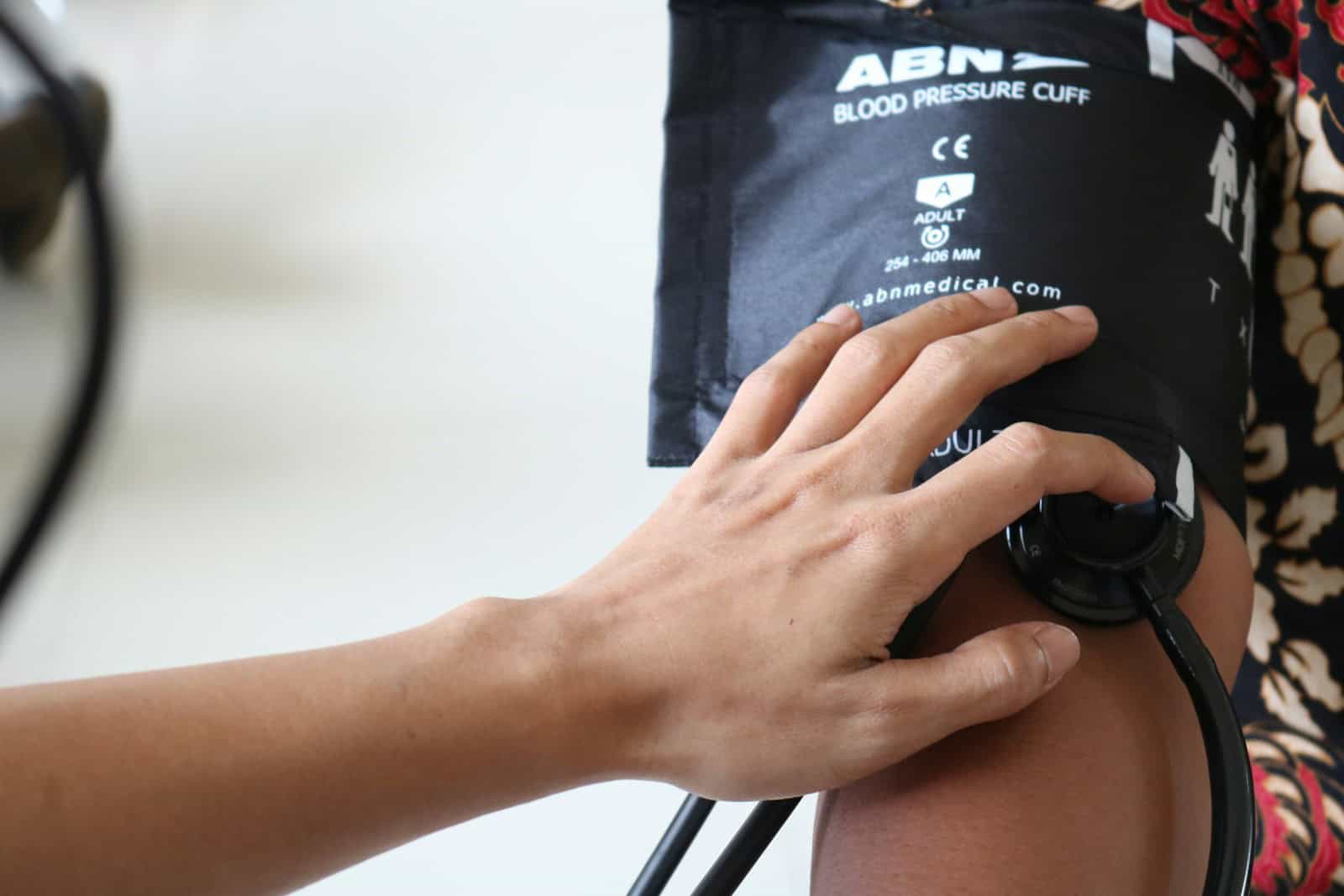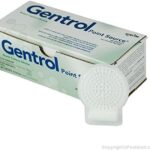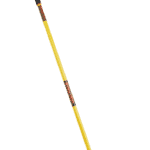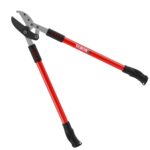A screening tool helps find potential health problems before symptoms show up. It’s like an early warning system for your health. These tools can detect issues in people who seem healthy. For example, they can spot diseases like cancer early on when they are easier to treat. This saves lives and helps people avoid serious health problems later.
Different screening tools are used for different purposes. Some check for common diseases like diabetes or heart problems. Others focus on mental health. They use special tests to measure things like blood sugar levels or mental well-being. It’s important to choose the right tool for each situation. This way, doctors can get the most accurate information to help their patients.
Screening tools also play a role in prevention. They can identify risk factors that may lead to diseases. This lets people make lifestyle changes to stay healthy. For example, a test might show high cholesterol levels. Knowing this, a person can change their diet and exercise more. Detecting problems early with the right tools can make a big difference in health outcomes. For detailed information, check out this article on the value of screening tools.
Screening Tool Fundamentals
Screening tools play a crucial role in identifying diseases early and providing necessary intervention. They assist in detecting conditions before symptoms appear, making treatment more effective.
Definitions and Purpose
Screening tools are methods used to find a disease early. They help in identifying people who might have a health condition but do not show symptoms yet. This early detection allows for prompt treatment, which can save lives.
These tools are different from assessment tools. While screening provides a quick yes or no, an assessment gives detailed information about the condition. For example, a screening tool might detect signs of heart disease, while an assessment tool will help diagnose the severity and need for specific interventions.
Types and Applications
Screening tools come in several types. Each type targets different conditions. Some common ones include:
- Blood tests: Check for cancer markers or cholesterol levels.
- Questionnaires: Identify mental health issues or risky behaviors.
- Imaging tests: Such as mammograms for breast cancer.
These tools are used in various settings, like primary care and specialized healthcare. For example, a blood test can detect high blood sugar, indicating diabetes risk. Another example is a Mini-Cog test, used to spot early dementia symptoms in older adults.
Importance in Health and Disease Prevention
Screening tools are essential for disease prevention. They help catch diseases before they become serious. For instance, regular screenings for cancer can find tumors early when they are easier to treat. Similarly, screening for sexually transmitted diseases (STDs) can prevent their spread by providing early treatment.
The sensitivity and specificity of a screening tool are vital. Sensitivity means the tool can detect those with the disease. Specificity means it can identify those without the disease. A good screening tool balances both to reduce false positives and negatives.
Using these tools helps in better patient outcomes and reduces healthcare costs by preventing severe illness through early intervention. This emphasizes the importance of regular health check-ups and using the right screening tools.
Screening in Clinical Settings
Screening tools in clinical settings help identify health conditions early. They are crucial in shaping treatment plans and connecting patients with necessary services.
Mental Health and Substance Use Disorders
In clinical settings, screening tools assess mental health issues such as anxiety, depression, and substance use disorders. For instance, patients are often evaluated for opioid use disorder to provide timely and effective treatment. These screenings can reveal important information about a patient’s behavioral health, allowing healthcare providers to act quickly.
Reliable tools help detect mental disorders in various populations. Using tools like the PHQ-9 for depression or the GAD-7 for anxiety ensures that both adults and adolescents get the help they need. Early detection can prevent symptoms from worsening, making it easier to manage mental health conditions.
Population-Specific Screening
Screening tools can be tailored to different patient populations. They help identify health needs based on factors like age, ethnicity, and specific risk factors. For example, children and adolescents might undergo developmental and behavioral screenings to spot issues such as autism or ADHD early on.
Certain groups, like American Indians or veterans, might undergo screenings for conditions prevalent in these populations. Veterans may be screened for PTSD due to high exposure to trauma. Similarly, eating disorders are often screened for in teens who show signs of disordered eating behaviors. These specific screenings help provide relevant care to each group.
Challenges and Considerations
Using screening tools effectively in clinical settings comes with its own set of challenges. Ensuring that tools are validated for the population being assessed is important. For example, a tool validated in an adult population may not be accurate for children or adolescents.
Accuracy and reliability of results is another concern. Tools must be able to accurately detect conditions without producing too many false positives. There’s also the challenge of ensuring healthcare providers are well-trained in using these tools. Regular training and updates are necessary to maintain the quality of screenings.
By addressing these issues, clinical settings can enhance the impact of screening tools, helping improve patient outcomes effectively.
Frequently Asked Questions
Screening tools have many uses across different fields. They help in identifying issues early and provide ways to address them effectively.
What are screening tools and how are they implemented in healthcare settings?
Screening tools in healthcare help doctors find health issues early. They use these tools to ask patients simple questions about their health. By doing this, they can find problems before they become serious.
How do screening tools differ from assessments in educational contexts?
In education, screening tools identify students who may need extra help. These tools are usually quick and easy to use. Assessments, on the other hand, are more detailed. They measure how well a student understands a subject.
What is the role of screening tools in counseling practices?
Counselors use screening tools to spot mental health issues. These tools help counselors decide what kind of help someone needs. They are often the first step in creating a treatment plan.
Can you explain the importance of screening tools in detecting substance abuse?
Screening tools are vital for finding substance abuse problems early. They help healthcare providers ask the right questions to spot these issues. Early detection means people can get help sooner.
What are the objectives of using a screening tool in social work?
Social workers use screening tools to find out if someone needs help. They might screen for things like depression or risk of abuse. These tools make sure people get the support they need quickly.
How do screening tools contribute to early childhood intervention processes?
In early childhood, screening tools look for developmental delays. They help identify children who may need extra support. Early intervention can improve a child’s development and learning skills.







